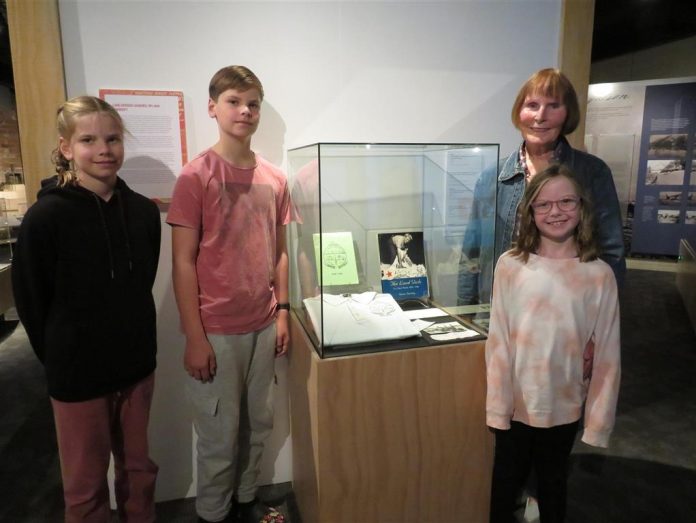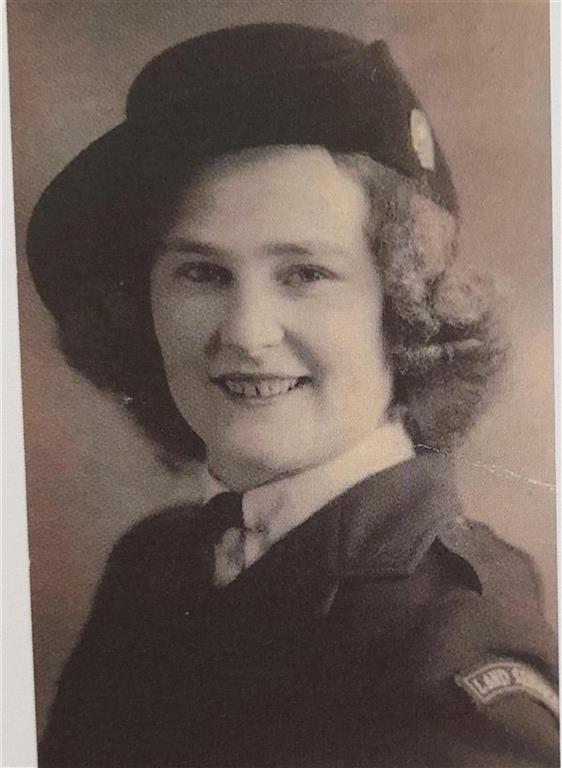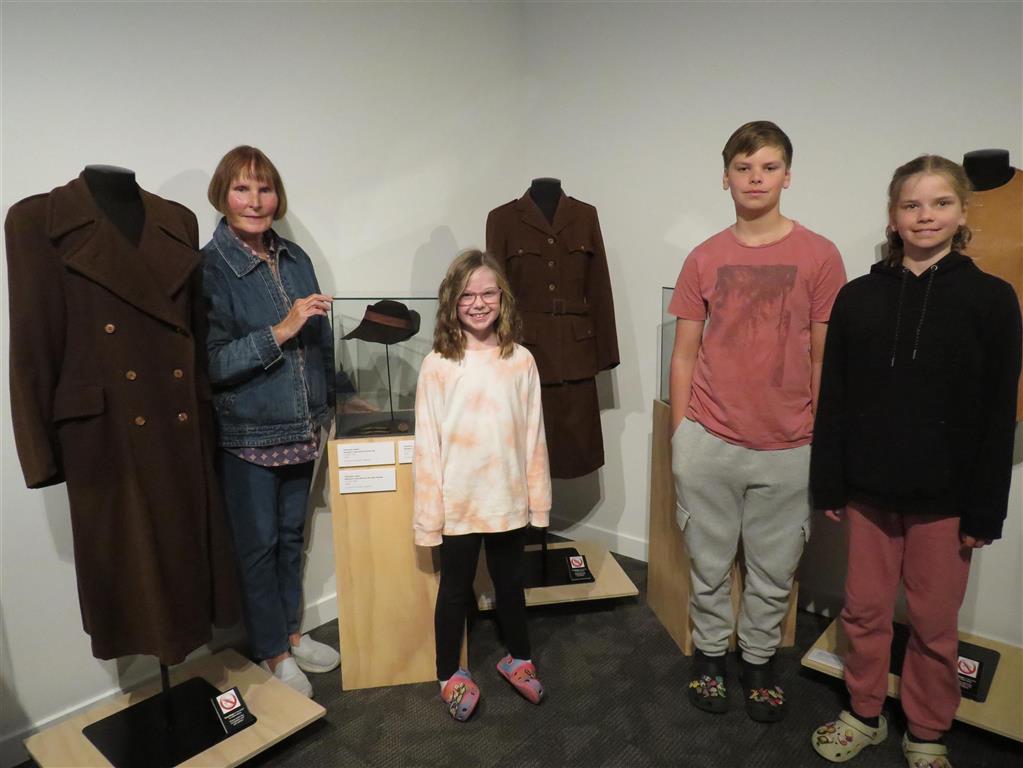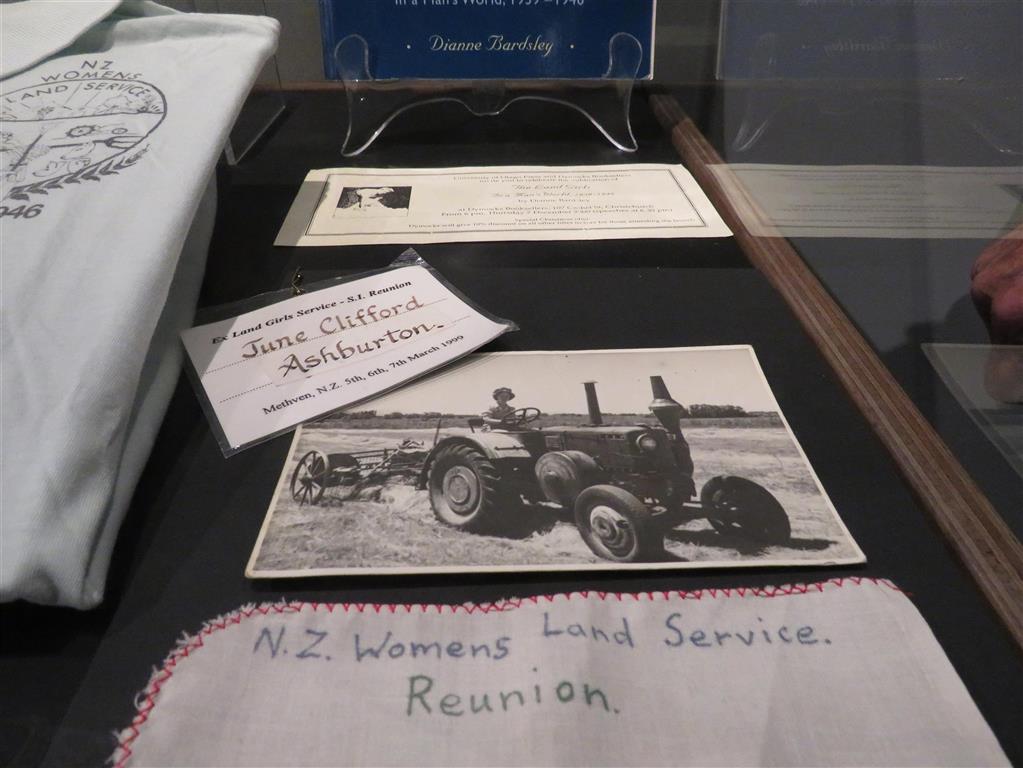
While men’s contribution to the efforts of World War II are often talked about, less is mentioned of the women who kept the home fires burning in New Zealand.
The Ashburton Museum has an exhibition under way, Home Front Heroines, covering the personal stories of Mid Canterbury women who served their country as land girls with the Women’s Land Service.
The service played a vital role in the country’s agricultural and food production industries while large numbers of men served in the armed forces overseas.
There were 4000 women working on farms, replacing the 23,000 male farm workers who were fighting overseas.
Women signing up were required to join for the full duration of the war and were not permitted to undertake domestic work on the farm.
For those on general farms who were trained, the wages were just over two pound, while for those untrained, they received just over one pound.
Girls who worked on dairy farms received higher pay, nearly three pounds if they were trained and more than two pound if untrained.
All girls received free board and lodgings.

Home Front Heroines tells the stories of two sisters Diana Wallace (nee Guinness) and Patricia Moffat (nee Guinness), and Thyra Skinner, June Clifford (nee Doak), Joyce Grieve (nee Hannan) and Ngaio Stead (nee Chapman).
The late June Clifford is the mother of Ashburton’s Jackie Girvan. June was sent to work on a farm at Staveley managed by William Bunton.
‘‘Mum was only 17 when she went to work as a land girl. She was going to be sent to work in a flax factory, possibly at Pleasant Point, but didn’t want to work in a factory, so instead signed up to be a land girl,’’ Jackie said.
‘‘She loved it. Mum was one of 10 children, so going to work for the Buntons meant Mrs Bunton treated mum like a daughter.
‘‘Mum’s sisters thought she looked glamorous in her brown uniform,’’ Jackie said.

It was a smart dress uniform, consisting of a cream shirt, green tie, chocolate brown skirt and jacket, brown stockings and shoes, and either of two styles of hat – a brimmed felt hat with upturned side or a pleated beret. A greatcoat and gloves completed the outfit.
The summer work clothes were khaki drill overalls and a straw hat. Wet weather clothes were a waterproof overcoat, and sou’wester, leggings and soft leather jacket.
Mid Canterbury National MP at the time Mary Grigg designed the land girls uniform. Grigg and Labour member for Waitemata Mary Dreaver went on land girl recruiting tours throughout the country.
In 1946, Grigg received an MBE for her efforts in promoting the Women’s Land Service.
‘‘In 1945, mum had an accident. She fell off the back of a drill and ended up in hospital for six weeks with a head injury.
“Her mum said she wasn’t going back to that sort of work. So mum finished and went off to train to be a nurse, like her five sisters,’’ Jackie said.
Her mum and aunts set an example, as Jackie and one her sisters also became nurses.
‘‘Mum really enjoyed the work, though they had to work hard doing all the farming work like tractor driving. They had to produce the food not only for New Zealand, but also to send overseas,’’ Jackie said.
‘‘Mum’s friendship with the Buntons continued after she finished working for them.’’
Prior to joining the Women’s Land Service, June worked in a law office.

As well as the lovely people she met in her farm work, she had also enjoyed the opportunities she had to learn new skills.
She was busy on the farm with a variety of tasks including working with sheep, milking cows, harvest, swamp ploughing, gathering and splitting fire wood, care and grooming of stud horses.
The work enabled her to gain her heavy traffic licence in a two-ton truck as well as being able to drive a Bulldog tractor and a crawler.
Jackie said not everyone had liked the land girls.
‘‘Some people hated them and called them hussies and trollops.’’
Some of the farmers’ wives didn’t like them being around when there was a shortage of men.
A history specialist will talk about how the ‘‘manpowering’’ of women during World War 2 challenged gender norms.
Marlborough Museum manager Elizabeth Ward, who has a PhD in history and specialises in the interwar period, will deliver her talk on Anzac Day at the Ashburton Museum.
– Home Front Heroines is at the Ashburton Museum until June 30. The talk ‘Manpowering’ Women and the Challenge to Gender Norms will be at the museum, 2pm on Anzac Day.



